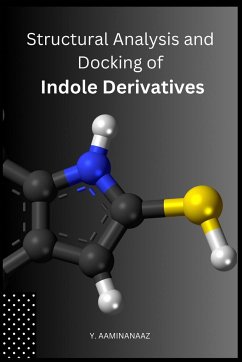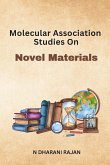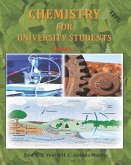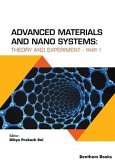Y. Aaminanaaz is a distinguished researcher in the field of medicinal chemistry, with a focus on the structural analysis and docking of indole derivatives. Her research utilizes a wide range of computational and experimental techniques to elucidate the biological and pharmacological properties of these compounds. Indole derivatives have emerged as a promising class of compounds for drug discovery due to their diverse biological activities, including anti-inflammatory, anti-cancer, antimicrobial, and antioxidant properties. Aaminanaaz's research involves the use of molecular docking and molecular dynamics techniques to investigate the protein-ligand interaction and binding affinity of these compounds, which are essential for lead optimization and drug design. In addition to molecular docking studies, Aaminanaaz employs computational chemistry techniques such as QSAR and SAR to establish structure-activity relationships that inform the design and optimization of indole derivatives with improved biological activities. Her research also involves the use of molecular modeling to predict the bioavailability, pharmacokinetics, and pharmacodynamics of these compounds. Experimental techniques such as NMR spectroscopy, FTIR spectroscopy, mass spectrometry, HPLC, TLC, and UV-Vis spectroscopy are also utilized by Aaminanaaz to characterize the structural properties of indole derivatives. She also evaluates the cytotoxicity, apoptosis, and cell cycle effects of these compounds on various cancer cell lines and explores enzyme inhibition mechanisms of indole derivatives, including their hydrogen bonding and electronic properties, lipophilicity, ADME, and toxicity. Aaminanaaz's research also focuses on transition metal complexes of indole derivatives, including spiro xanthene carbamate derivatives, which have biological and pharmaceutical importance. Her work involves X-ray crystallography and crystal structure determination to gain insights into the molecular recognition and binding modes of these complexes. In summary, Y. Aaminanaaz's research on the structural analysis and docking of indole derivatives is aimed at developing novel and potent drug candidates with improved pharmacological properties for the treatment of various diseases. Her research employs a combination of computational and experimental techniques, including molecular docking studies, molecular dynamics, protein-ligand interactions, binding affinity, and ligand-based drug design, to advance the field of medicinal chemistry.







